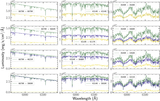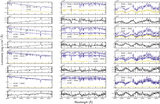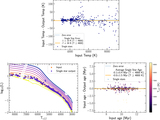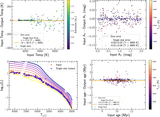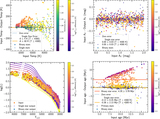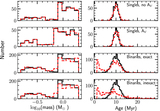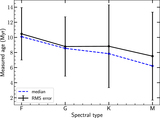Image Details
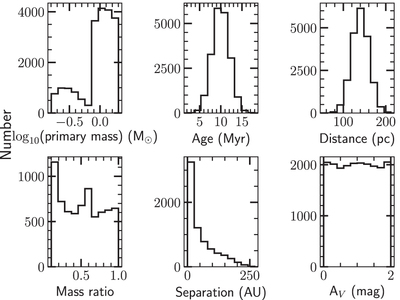
Caption: Figure 2.
Distributions of input parameters for primary-star mass, age, distance, mass ratio, separation, and extinction. The apparent bimodality of the primary-star mass distribution is due to the fact that low-mass stars have been suppressed, causing the low-mass portion of the primary-star mass function to sharply decrease relative to the high-mass end. This method was implemented so that our simulation produced roughly similar numbers of M and F stars. The suppression of low-mass stars also caused high-mass stars to dominate the mass ratio distribution, causing a peak toward zero due to their very negative power-law exponent. The peak at q = 0.5 is a result of not allowing the secondary-star mass to go below 0.1 M⊙, so low-mass stars are skewed toward higher mass ratios.
Copyright and Terms & Conditions
© 2021. The American Astronomical Society. All rights reserved.



